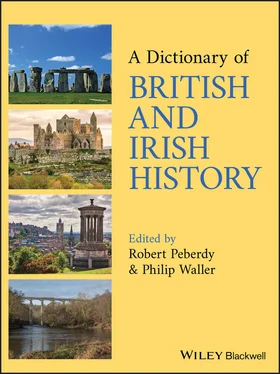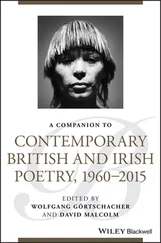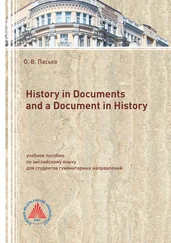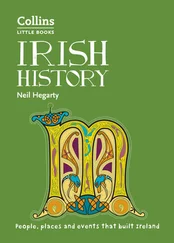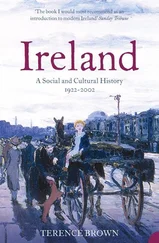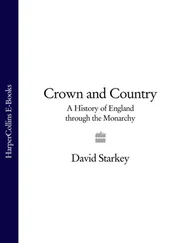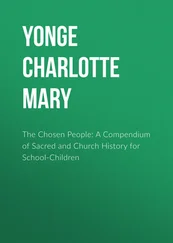AGRICULTURE, IRELAND 17TH CENTURY TO 1921
Pastoral farming (cattle, sheep) continued to predominate in W and N Ireland, while arable farming or ‘tillage’ remained prominent in E and parts of S Ireland. Demand from England for live cattle and wool stimulated pastoral farming, though warfare in the 1640s–50s depressed activity ( see IRISH WARS, 1641–52). In the mid 1660s, half of Ireland’s exports by value were cattle or cattle‐based products (hides, beef, tallow, butter).
From the mid 18th century, landowners raised arable productivity and rents by enclosing open fields and converting pasture. The government from 1758 provided bounties (incentive payments) on exports of corn and flour to expand tillage and employment (reinforced 1784 by FOSTER’S CORN LAW). Grain exports increased until the 1840s, turning Ireland into Great Britain’s ‘bread basket’. (Grain exports rose c .1815–45 from 125,000 to 513,000 tons per year.) Exports of cattle and pigs also grew. But population also rose substantially (4.4–8.5 million, 1781–1845). Most holdings were very small (69% under 15 acres in 1845), and held on lease. Labourers cultivated potatoes for subsistence in gardens or tiny plots.
The GREAT FAMINE (1845–9) eliminated overcrowding and tiny landholdings, and accelerated a reversion to pastoral farming (e.g., cattle increased 1850–79 from 1.4 to 3.8 million). Incomes and conditions improved, though depressions impeded progress (1859–64, 1879–90). Related unrest, exploited by politicians, resulted in legislation that extended landownership by small farmers ( see LAND AGITATION AND REFORM, IRELAND). Other means employed to improve agriculture included AGRICULTURAL CO-OPERATIVES (from 1889) and the CONGESTED DISTRICTS BOARD (1891). When Ireland was partitioned in 1921, it remained a largely agricultural country. See also TENURES, IRELAND; RURAL SETTLEMENT AND SOCIETY, IRELAND.
AGRICULTURE, NORTHERN IRELAND
In 1926, following the PARTITION OF IRELAND (1921), 26% of the total workforce was occupied in agriculture (147,000 people). Most landholdings were small (70% under 30 acres or 12 ha). Livestock (especially cattle) and livestock products dominated (80% of output by value). Arable farming occupied 23% of agricultural land. Agriculture was regulated by the province’s PARLIAMENT and affected by British government policies.
During the 1920s, under FREE TRADE, prices fell. Protection from 1932 improved conditions ( see TARIFF REFORM; OTTAWA AGREEMENTS). Arable production declined during the 1920s–30s. In the 1930s, pig numbers increased threefold, encouraged by cheap foodstuffs and a marketing board (1933). Sheep and poultry numbers also rose. Agriculture benefited from the Anglo‐Irish ECONOMIC WAR (1932–8) and UK Wheat Act (1932). A subsidy for ‘fat cattle’ (1934) encouraged ‘finishing’ instead of raising cattle, using ‘store cattle’ from southern Ireland.
During WORLD WAR II (1939–45) cow herds and arable expanded, while sheep numbers fell. Afterwards, previous trends were resumed, with the British government providing new financial support from 1947. Beef production and pig numbers expanded (latter peaking in 1965). In 1960, pig and poultry production were half of output by value, declining to 21% by 1985. The number of labourers declined drastically as tasks (e.g., milking) were mechanized. Dairy production expanded from the 1960s. By 1985, arable, now more productive, occupied only 9% of land. Holdings remained small (average of 48 acres, 19 ha, in 1980), with many worked part‐time or leased out.
From 1973, conditions were determined by the COMMON AGRICULTURAL POLICY of the European Economic Community. In 2015, livestock accounted for 80% of output by value. Agriculture engaged 3.2% of the workforce. See also AGRICULTURE, STATE INVOLVEMENT, GREAT BRITAIN/NORTHERN IRELAND; RURAL SETTLEMENT AND SOCIETY, IRELAND.
AGRICULTURE, SCOTLAND BEFORE 18TH CENTURY
From the 13th century onwards, arable farming was organized on an infield–outfield system, a variant of open‐field agriculture ( see AGRICULTURE, ENGLAND BEFORE MID 18TH CENTURY). The distinction between infield and outfield developed from earlier, simpler ‘infield‐only' systems. Open‐field farming may have been introduced with FEUDALISM (from the 12th century), replacing earlier systems based on small enclosed fields.
The infield, on the best soils, was relatively small (at most, a third of total area), but received most manure and was intensively cropped with bere (a form of barley), oats and sometimes wheat, rye and legumes. The more extensive outfields, producing only oats, received little manure and were regularly rested as fallow to restore fertility. Crop yields were low; a return of three times the seed sown was considered acceptable, though infields sometimes produced more. Arable land was frequently held in shares, with holdings fragmented into intermixed parcels under the RUNRIG system. An eight‐oxen team, ploughing land as ridge and furrow, was normal. In the W Highlands, population growth from the late 16th century encouraged a shift from plough to intensive spade cultivation in ‘lazy beds' (heavily manured hill‐side strips).
All communities produced some grain for subsistence, and most farms kept cattle and sheep. There was an emphasis on arable in the eastern Lowlands, while the eastern Borders specialized in sheep farming from the 12th century. Galloway (SW Scotland) concentrated on cattle rearing. In the medieval Lowlands, and in the Highlands into the late 18th century, cattle were driven to summer pastures, or shielings, among hills and mountains. During the 17th century, arable farming expanded with population growth and, around the major towns, became more intensive with liming and improved rotations. Enclosure of land on estate policies (parks) and home farms began in the later 17th century. See also TENURES, SCOTLAND; RURAL SETTLEMENT AND SOCIETY, SCOTLAND.
AGRICULTURE, SCOTLAND FROM 18TH CENTURY
Free trade with England, introduced by the UNION OF ENGLAND AND SCOTLAND (1707), stimulated sheep and cattle farming in the Borders. Tenants were removed, particularly in the 1720s, to provide pastures ( see LEVELLERS' REVOLT). In the eastern Lowlands multiple tenancies were gradually replaced by single tenancies.
Between the 1760s and 1820s, growing towns and industrial regions stimulated the transformation (or ‘improvement') of Lowland agriculture. Landowners terminated leases and enclosed open fields (both in‐ and outfields), creating compact large farms (often over 100 acres, 40 ha) with single tenants. Commonties (common lands) were made private and enclosed. Farmers adopted techniques for improving fertility (intensive liming; increased stocking of sheep and cattle, to provide dung, fed on sown grass and turnips). Crop yields doubled or tripled. Little mechanization occurred, though the light two‐horse plough became common. In the HIGHLANDS large sheep farms were created (1770s–1840s) by removal of tenants ( see CLEARANCES; CROFTING). Better roads and CANALS improved access to markets.
Prosperity continued until the 1870s. From the 1820s, fat cattle were exported to London by steamship (from the 1850s by RAILWAYS). The NE became famous for beef. Arable yields were raised in mid century by HIGH FARMING techniques. Scotland suffered from the AGRICULTURAL DEPRESSION of the 1880s–90s, though less than most of the UK.
In the 20th century, the World Wars (1914–18, 1939–45) created temporary demand as imports were cut, but prices fell afterwards. From the 1950s, arable farming became totally mechanized (tractors, harvesters), and from 1973, agriculture was subject to the COMMON AGRICULTURAL POLICY of the European Economic Community. Having employed 150,000 people in 1881, by 2000 agriculture required only 25,000 workers. See also TENURES, SCOTLAND; RURAL SETTLEMENT AND SOCIETY, SCOTLAND.
Читать дальше
